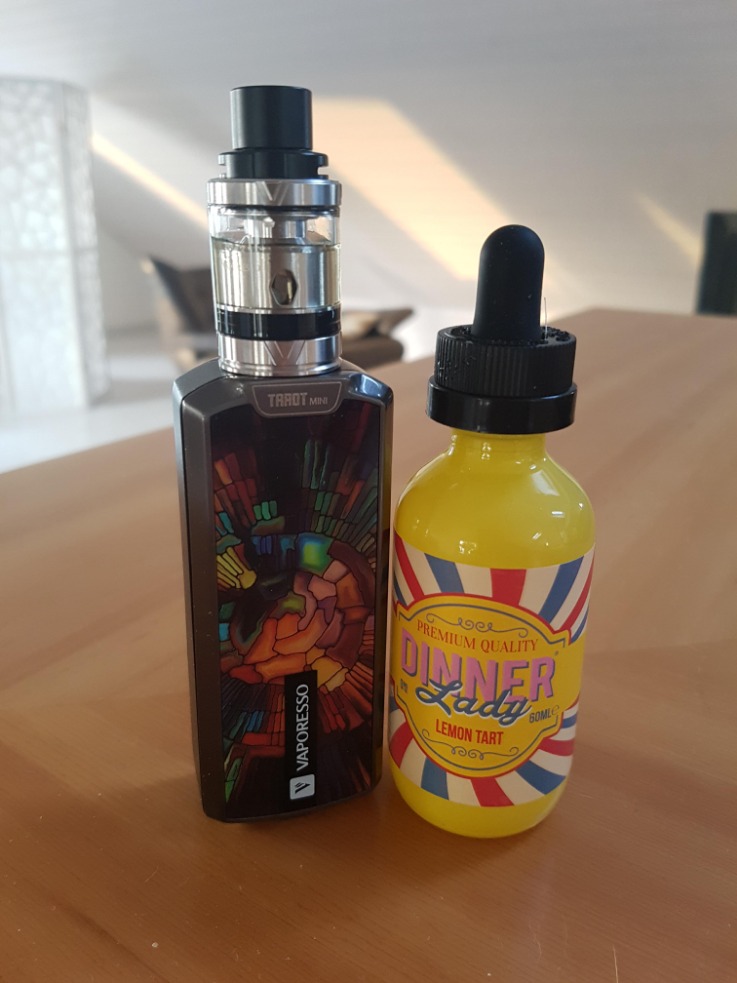The world of nicotine consumption has undergone a significant transformation with the rise of vaping. What began as a niche market is now a mainstream global trend, providing smokers with a perceived healthier alternative to traditional cigarettes.
Understanding Vaping
Vaping involves inhaling and exhaling an aerosol, often referred to as vapor, produced by an e-cigarette or a similar device. The device heats a liquid—typically containing nicotine, flavorings, and other chemicals—creating a vapor that the user then inhales. The primary components of vaping devices include a battery, a tank or reservoir to hold the liquid, and a heating element.
Components of Vape Juice
Also known as e-liquid or e-juice, the liquid used in vaping devices is a crucial part of the experience. It generally comprises:
- Nicotine: The addictive component found in traditional cigarettes.
- Propylene Glycol (PG): A carrier liquid, often used to provide a throat hit similar to smoking.
- Vegetable Glycerin (VG): A thicker liquid responsible for the large vapor clouds.
- Flavorings: Offer various tastes ranging from tobacco to fruits and desserts.
The Popularity Surge
Several factors have contributed to the burgeoning popularity of vaping. For many, it represents a less harmful way to consume nicotine compared to traditional cigarettes, which contain numerous toxic chemicals. The wide variety of flavors and the customizable nature of vaping devices also attract a younger audience eager to explore diverse experiences.
Health Considerations
While vaping is often marketed as a safer alternative to smoking, it’s important to note that it’s not entirely without risks. E-liquids still contain nicotine, which is highly addictive. Additionally, there are concerns about the long-term effects of inhaling vaporized substances, though these risks are generally considered lower than those associated with combusted tobacco smoke.
Regulatory Landscape
Read more about Off-Stamp 10 Links here.
As vaping continues to grow in popularity, governments around the world are grappling with how to regulate it. Some countries have embraced vaping as a smoking cessation tool, while others have implemented strict regulations to curb usage among youth and prevent potential health risks.
Marketing and Youth Appeal
One contentious issue is the appeal of vaping to teenagers and young adults. With flavors like bubblegum and candy, many argue that vaping targets younger demographics. This has led to increased regulatory measures aimed at preventing underage access to vaping products.
Future Trends
The landscape of vaping is continuously evolving with advancements in technology and shifting social attitudes. Future trends may see more sophisticated devices, further studies on health impacts, and a more streamlined regulatory framework. Despite the uncertainties, vaping has firmly established itself as a prominent alternative to traditional smoking.
In conclusion, the rise of vaping reflects a significant shift in how society views nicotine consumption. While it offers potential benefits over smoking, it also presents new challenges that both users and regulators must navigate.





